Sibit sizes overview
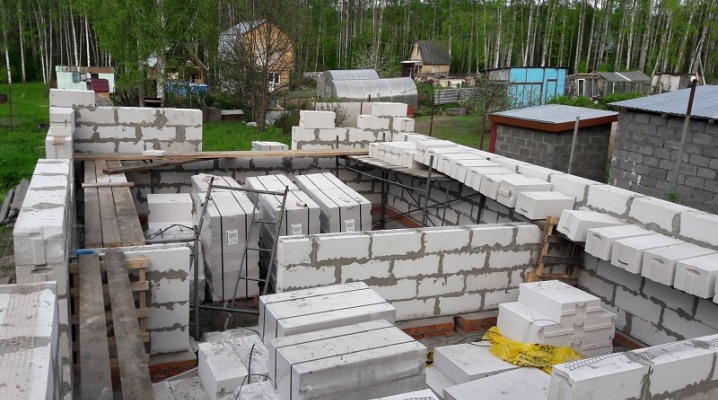
Today on the construction market you can find a new material with a foamed structure - sibit blocks, also called aerated concrete. All components from which sibit is made are natural, natural. The blocks are light, strong, and easy to work with. In terms of its technical characteristics, Sibit is in many ways better than brick. Thanks to this, aerated concrete is becoming more and more popular among builders.
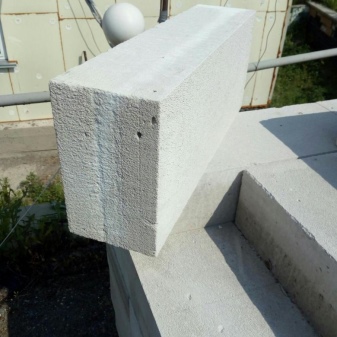
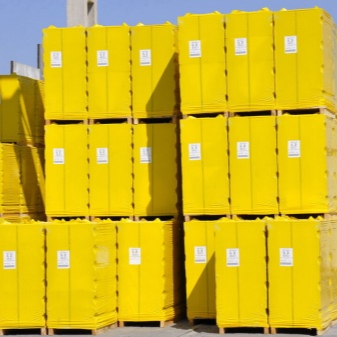
main parameters
Throughout the volume of the sibit there are holes filled with air with a diameter of 1-3 mm. Such a structure of the block provides a chaotic movement of air inside, thereby reducing its heat-conducting properties. Due to its porosity, the material is lightweight, it is able to create a cozy microclimate in the room. The walls, built of sibit blocks, keep the internal heat well in the room and prevent the penetration of cold from the outside. Therefore, this material is often used for the installation of building structures in the northern regions of the country.
For the manufacture of sibit bricks, a solution of ingredients is prepared by mixing lime, crushed cement, sand, water and a foaming additive. Also, aluminum shavings are present in the sibit blocks. The composition is poured into large containers, in which voids form pores, and the product hardens there for some time. The plates are cut into pieces of suitable dimensions and placed in an autoclave - there the products are treated with high-pressure steam for 10 hours.
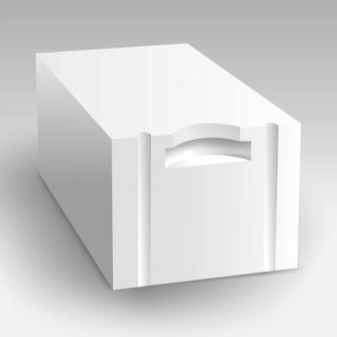

The range of sizes of sibit blocks is very large, but it is also necessary to distinguish them by the variety of raw materials used for their manufacture. Often the following models are presented on the market:
- structural;
- heat insulating;
- constructional.
Constructional varieties are the strongest and most massive. Their density index can reach from D900 to D1200. Structural and heat-insulating blocks are so strong and reliable that they can be used to construct a small low-rise building with a wall thickness of one brick. The heat-conducting properties of such products are very high: walls erected with their help do without an insulating overlap.
Thermal insulation blocks are most often used in the construction and decoration of internal partitions and structures. This is due to the fact that their density ranges from D400 to D500.
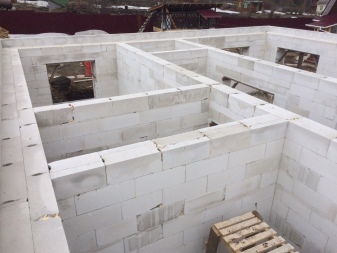
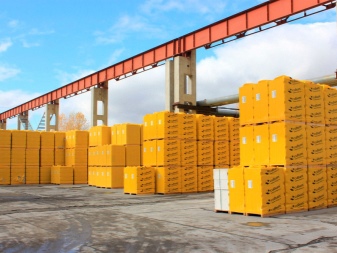
Sizes of different types
There are the following variety of standard sizes (see table). It should be said that it mentions the parameters of the most common modifications, but not all of them.
|
Name |
Thickness, mm |
Height, mm |
Length, mm |
|
Straight |
200 300 200 |
250 250 300 |
625 625 625 |
|
With gripper handles and tongue-and-groove system |
375 400 |
250 |
625 |
|
Straight with gripper handles |
300 375 400 |
250 |
625 |
|
Groove-ridge blocks |
300 375 400 |
250 |
625 |
|
Straight for partitions |
150 |
250 |
625 |
|
Partition |
100 |
250 |
625 |
|
U-shaped for lintels and monolithic belts |
200 300 400 |
250 |
500 |


The range of sizes of sibit blocks is determined by a very large area of their application. Therefore, in the brand of brick there is an abbreviation by which you can navigate. For example, GB-100 is a product with dimensions of 100x250x600 mm, which does not have grooves and edges. This is an absolutely flat brick, from which walls of any configuration can be erected. Another product is labeled GBr-150. The parameters of this product are 150x250x600 mm. In such a block, there is a groove and a rib, which allows you to lay out equal structures of walls and partitions.
There is a larger similar brick with dimensions of 200x250x600 mm. This is the GBr-200 model, also equipped with a rib and a groove.GBr-300 (200x250x600 mm), in addition to the groove and rib, also has a handle. This innovation provides maximum convenience in the construction of structures from such blocks. This model is also presented in larger modifications GBr-375 and GBr-400.
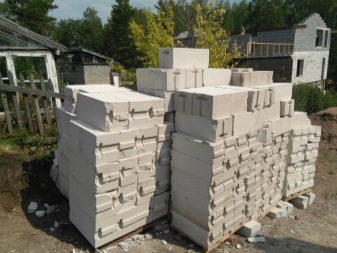
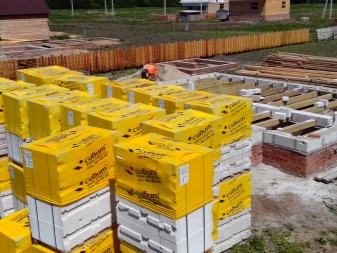
If aerated concrete floor slabs made in an autoclave are needed for construction, then a material made in accordance with GOST 19570-74 should be chosen. This product is intended for floor installation in low-rise buildings, attics and basements. The size of the base plate of the part is 120 mm with a possible error of up to 10 mm. If long lengths are required for construction, it is necessary to focus on goods of the following dimensions: 2740x600x240 mm. The last two sizes are standard, but lengths may vary. There are several dimensions - 3740, 4040 and 4240 mm - for construction work.
The size of the sibit will interest not only a professional builder, but also a home craftsman. The maximum size of floor tiles is 5940 mm, such a product costs 6040 rubles. However, there are intermediate values, which are equal to 5440 and 5040 mm - in these two cases, prices will be 5500 and 5112 rubles, respectively.
The use of such slabs in the ceiling of buildings greatly facilitates the construction and reduces the cost of the object.
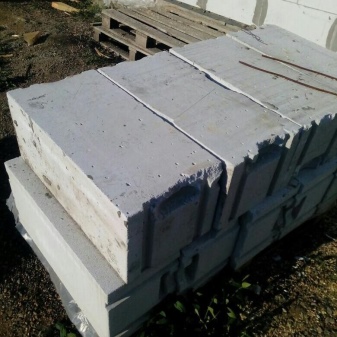
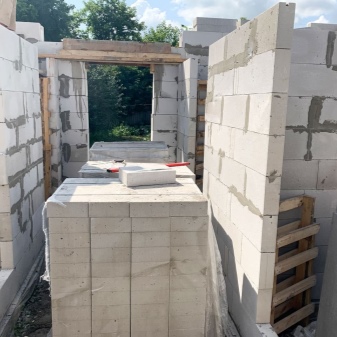
How to choose blocks by size?
Aerated concrete is so versatile that it can be used in a variety of construction industries. Most often it is used:
- for the construction of private houses of various sizes;
- construction of residential buildings;
- construction of large industrial buildings;
- creating partitions between rooms;
- insulation of walls built from other building materials;
- registration of door and window openings.

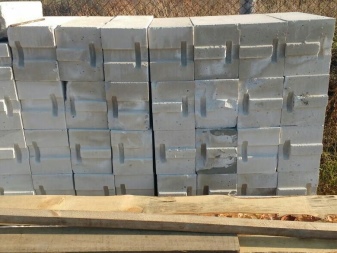
When choosing wall aerated concrete blocks in size, their width is extremely important. Length and height are secondary parameters selected in multiples of the length and height of the walls. Thickness is responsible for thermal insulation and resistance values. Therefore, special attention is paid to this.
Regardless of the manufacturer, rectangular aerated concrete blocks are manufactured in accordance with the current standards:
- width - 100-500 mm;
- length - 600 and 650 mm;
- height - 200 and 250 mm.
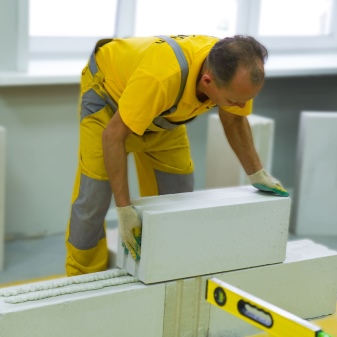

The blocks are also manufactured using the comb system, U-shaped clamping hinges used in the construction of door and window openings and fixing the slabs. Their dimensions correspond to the parameters of standard solid blocks. For the walls of capital houses built in Moscow, Tver and neighboring regions, aerated concrete blocks D900 with a width of 400 mm are suitable, the strength of which is at least B2.5. For internal partitions to improve sound insulation - D300, with a width of 100-150 mm.
When choosing aerated concrete blocks for construction, you should always be guided by their technical characteristics, which depend on the material from which the product is made. Therefore, when purchasing, it is necessary to familiarize yourself with the official quality certificates or test reports, where data on the physical and mechanical properties of the product are recorded.
The correct choice of sibit will allow achieving great financial savings, reducing both the amount of purchased raw materials and labor costs for installation. After all, sibit blocks have larger dimensions and a wider scope than other building materials in this segment.
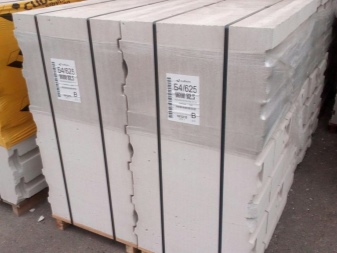

In the next video, you will be laying the first row of sibit blocks on the basement.













The comment was sent successfully.